Black Ops 7 Zombies-läget testas under press
Call of Duty: Black Ops 7 Zombies Review enters another cycle of heavy expectation. This year’s mode arrives with a larger map, a longer sequence of tasks, and a structure that leans harder on endurance than discovery. The design still relies on the recognizable loop of opening routes, strengthening weapons, and surviving escalating waves, but the experience runs into friction as ambition outpaces execution.
In reviewing this release, the tone of its reception owes much to the perspective set by Will Borger’s assessment on IGN, which anchors the context for this report. Zombies have existed long enough to carry the weight of their own history. Black Ops 7 attempts to honor that lineage with a broad, interconnected environment in Ashes of the Damned. It functions as the center of this year’s design: a multi-part, figure-eight layout that merges several distinct zones into one seamless, sprawling route. The structure suggests a desire to compress prior years’ separate maps into a unified challenge. The result is a space that holds variety and scope, but also demands constant backtracking and a high level of map literacy. For a standard session, travel alone occupies significant time, even when the truck known as Ol’ Tessie is available.
The mode’s premise is framed through a short narrative beat involving an encounter in the Dark Aether and a transformation at the hands of the Warden. The cutscene sets a tone that is exaggerated and theatrical. It gestures toward lore without insisting that players follow it closely. Most will likely treat the story as background noise and move directly to the mechanical layer, where the bulk of the experience unfolds.
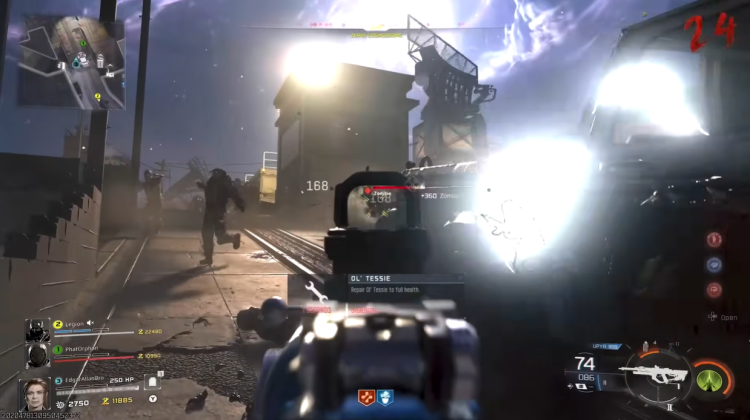
Once inside Ashes of the Damned, that mechanical layer becomes the entire focus. The sequence of objectives extends across the full width of the map, sending players through barns, diners, roads, and outlying sections that could stand alone as individual arenas. These steps stack in a fixed order and must be completed within a single run. Because progression resets after failure, each step acts as a barrier that amplifies the stakes of every misstep. Runs last for hours. A late collapse wipes out every Gobblegum, perk, and weapon upgrade invested. The structure leans on mastery, repetition, and incremental familiarity. That demand may resonate with players who enjoy working through dense systems, but it leaves little margin for casual experimentation.
The contrast between intention and experience becomes clear as the map grows more demanding. Coordination is essential. Progress requires teams to manage routes, maintain resources, and handle escalating enemy pressure while performing tasks that range from precise timing to obscure item interactions. The mode expects an understanding of its systems that goes beyond the basics of shooting and upgrading. It rewards early Ray Gun pulls from the Mystery Box. It expects players to know the location of crafting materials. It assumes reliability in executing specific steps under pressure. When any part of that chain breaks, the run buckles.

This year’s design also reinforces a sense of scale that can undermine pacing. The size of the map means long travel stretches where little occurs. Movement becomes a chore when Tessie is unavailable or destroyed. Even with her, the act of repositioning pulls attention away from the core tension that defines Zombies. Navigation often interrupts momentum rather than supporting it.
The loadout structure follows last year’s rules, with meaningful customization locked behind early leveling. Zombies-only players face a slower climb to practical gear. The pistol start persists until reaching level four. This may seem minor, but in a mode built around efficiency, limited early tools slow the opening sequence. After that threshold, familiar elements return: Pack-a-Punch stations, the Arsenal, armor plates, soda machines, and Gobblegums. The rhythm remains recognizable. You hunt upgrades, reinforce your weapons, and strain to stay ahead of increasingly aggressive waves.

Gobblegums carry a different kind of weight this time. Rare versions can influence survival and speed, including ones that guarantee strong weapons such as the Ray Gun. These items come in limited quantities, even in the Vault Edition. When a run collapses after using one, the loss feels disproportionate to the reward. The option to buy Gobblegum packs with real money sharpens that impression. While the core design predates microtransactions, this year’s implementation places pressure on the player to compensate for difficulty by purchasing assistance. That association complicates the sense of accomplishment the mode aims to deliver.
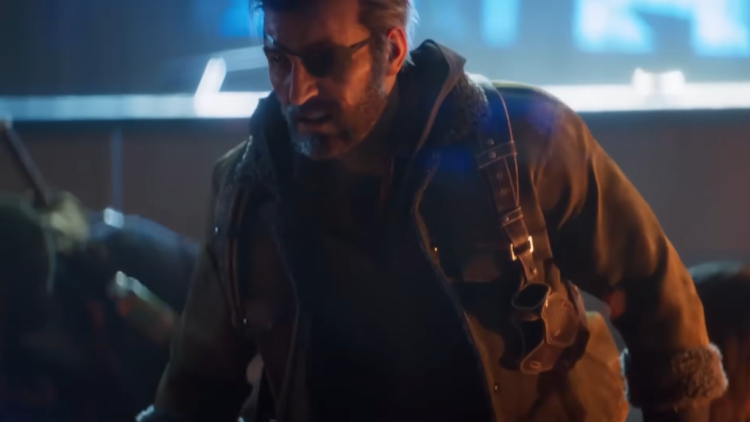
Bugs and inconsistencies compound the strain. Elements of the Easter Egg chain hinge on precise triggers. When those triggers fail, progress halts. A notable example involves Klaus, the robot companion needed for a retinal scan segment. The sequence requires waking him with stun grenades and instructing him to activate a control panel. If he fails to respond, the group must spend in-game currency to summon him again, and even then, outcomes vary. When the scanner fails to register the player’s presence, the attempt ends with no recourse. Each malfunction consumes time, resources, and morale.
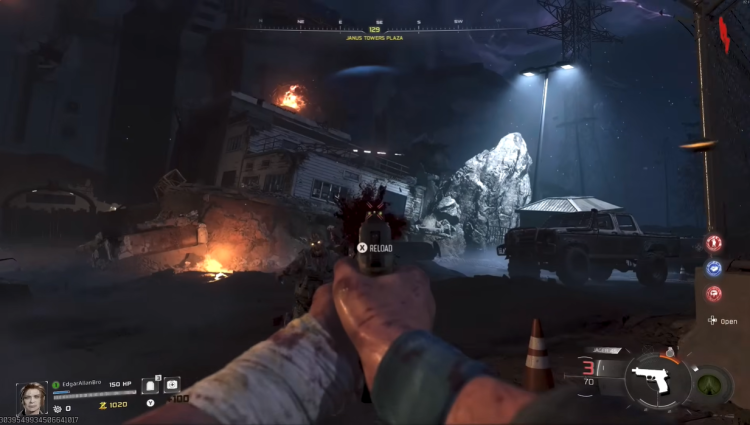
Other maps in the package serve different roles. Vandorn Farm acts as a compact, traditional survival challenge. Dead Ops Arcade injects arcade chaos. Cursed caters to players who want minimal guidance and elevated risk. These modes round out the offering and add variety, but they do not mitigate the central weight carried by Ashes of the Damned. The flagship experience defines the identity of this year’s Zombies, and its demands overshadow the more accessible modes.
Matchmaking magnifies the stress for those relying on random partners. Runs often fall apart due to uneven participation, language barriers, or conflicting expectations. Zombies have always encouraged teamwork, but the complexity of Ashes of the Damned amplifies the consequences of poor coordination. Three coordinated friends may fare better than a mixed group of four. Many early runs end before they begin because one player wanders off, uses key items incorrectly, or cannot communicate. The size and difficulty of the map leave little space for improvisation when members of the group move at different speeds.

The experience shapes a divide between those who embrace the challenge and those who find it overwhelming. For players who prefer methodical progress, pattern recognition, and mechanical repetition, Black Ops 7’s Zombies mode offers depth and structure. For players who want a less punishing experience, the length and rigidity of the tasks may dull the appeal. The gap between those preferences has widened this year.
Ashes of the Damned succeeds in specific areas. The environments hold visual variety. The density of steps reflects deliberate craftsmanship. Tessie introduces a light absurdity that captures the playful side of Zombies. The map encourages planning and rewards efficient execution. The feeling of early-round momentum remains satisfying: hitting a tight shotgun slide, threading through a crowd, or securing a powerful weapon before the round escalates. Those moments still land.
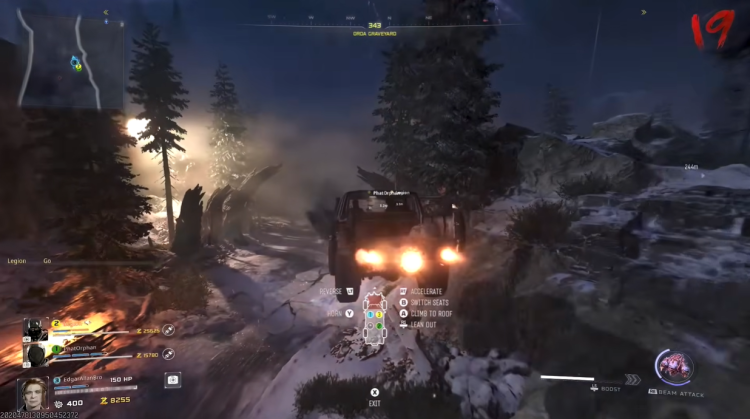
The mode’s shortcomings center on accessibility and endurance. The scale of the map, the length of each run, the reliance on hard-to-acquire Gobblegums, the level-gated tools, the cost of failure, the fragility of matchmaking, and the presence of bugs combine into a structure that often works against the average player. When a run collapses near the end, the loss carries more weight than in years past. The requirement to redo hours of progress discourages continued attempts for those with limited free time.
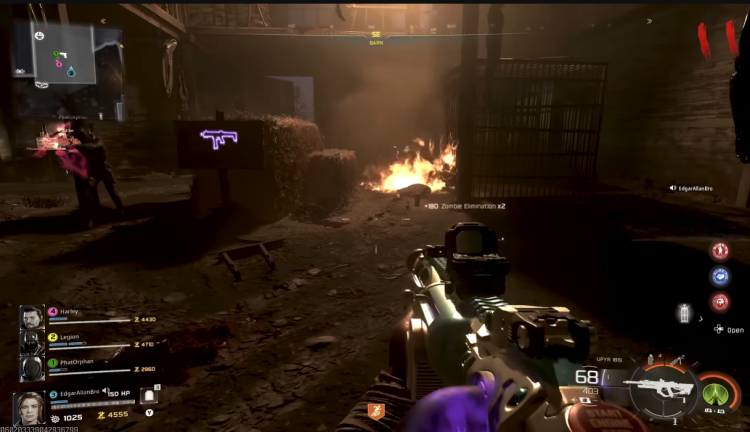
The sense of fatigue described by players who step away underscores the tension at the heart of this year’s design. For some, the challenge remains motivating. For others, the mode crosses the threshold from demanding to draining. The fact that committed groups struggle to complete the map reflects the gap between ambition and practical play. When players compare the experience to job stress, the balance of difficulty has moved too far.
Black Ops 7 Zombies is not a failure. It holds strong elements and moments where the design aligns. But it also carries traces of a previous identity, one shaped before microtransactions, before sprawling maps, before multi-hour Easter Egg chains that demand perfect execution. The mode feels caught between honoring tradition and escalating it. The result lands somewhere between impressive and exhausting.
As the series moves forward, the challenge will be finding a clearer equilibrium. Zombies thrive when effort and payoff meet at a point that rewards persistence without overwhelming it. Ashes of the Damned reaches for that balance but often stretches past it. The core remains intact, yet the weight placed on it has grown heavier than necessary.
Black Ops 7’s iteration shows strong intent, visible craft, and recognizable energy, but it also feels burdened by its scale and structure. It operates like a remnant of a more balanced era, shaped into something larger without the adjustments needed to match its new size. The mode still stands, still functions, and still offers a route to mastery, but it does so at a cost that many players will not pay.


11% insättningsbonus + FreeSpin
EXTRA 10% INSÄTTNINGSBONUS + GRATIS 2 HJULSPINN
BÄSTA ODDS, gratis dagligt fall, gratis regn, dagligen, veckovis och månadsvis rakeback!

Registrera dig nu och få 1 GRATIS CASE
Gratis case och 100% välkomstbonus
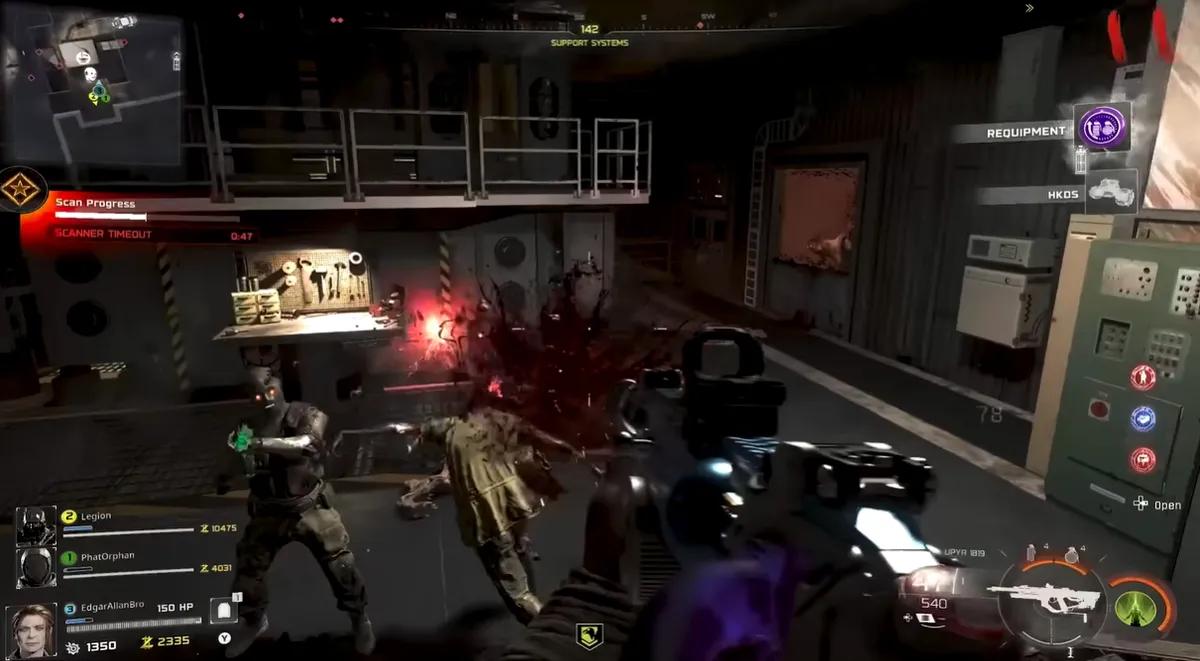


Kommentarer